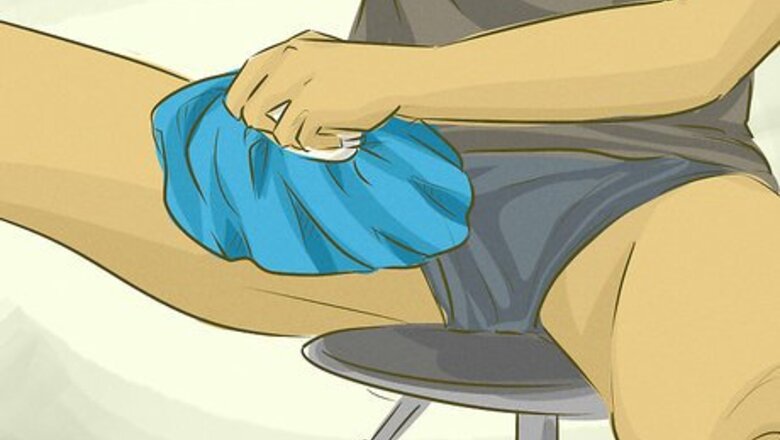
views
Getting Immediate Relief
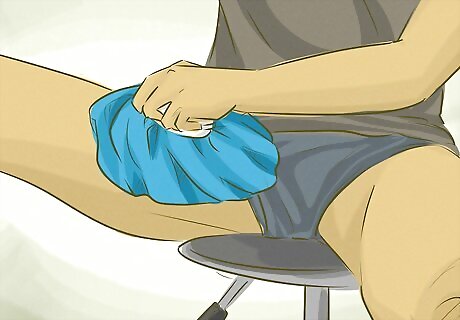
Ice the area. Apply ice to the injured area as soon as possible to help limit the swelling, stop any bleeding under the skin, and avoid bruising. Apply ice every two to three hours, for 15 minutes each time, for the first 24 to 72 hours following the injury. Avoid applying ice directly to the skin. Use an ice pack, crushed ice in a baggie, or frozen veggies like peas, wrapped in a cloth or towel. Continue to apply ice for several days after the injury and, upon returning to activity, three to four times each day or directly after mild activity.
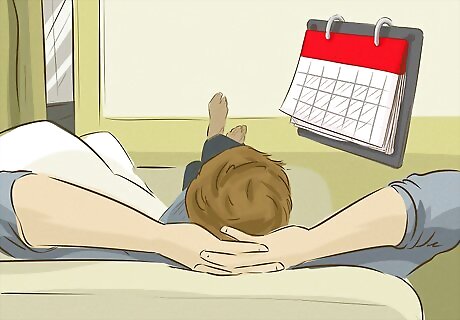
Rest. The severity of your groin injury determines how long you need to refrain from physical activity. Mild to moderate groin strains require at least two to four weeks of rest. More severe injuries require at least six to eight weeks or even longer for adequate recovery. Take at least five to seven days off from physical activity to allow your injury to start healing. Evaluate your pain at that time to determine a gradual return to your sport.
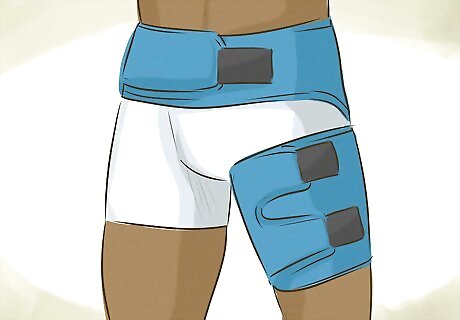
Compress the injured groin muscle. Compression helps to further reduce swelling and stabilize the injured muscle. The use of a special brace designed for the groin area is especially helpful. It is made to fit the groin area snugly without being too tight, which can cut off circulation to the region. Braces are available in most drugstores. Elastic wraps or groin strapping can also be used, but use caution to avoid wrapping the area too tightly.
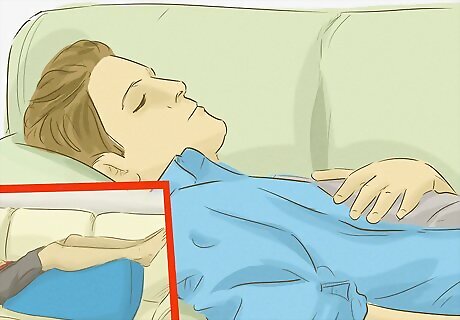
Elevate the area. This helps to prevent swelling and to encourage adequate blood flow. Use rolled towels, blankets, or pillows to raise the injured leg as often as possible. Try to raise the area above the level of the hip.
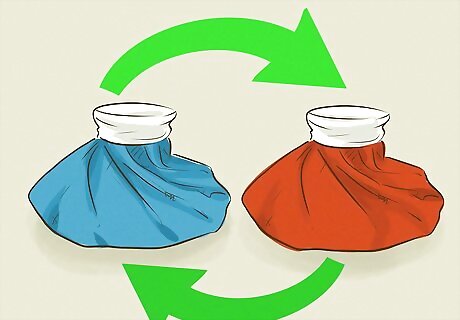
Alternate the ice with heat applications. Once several days has passed beyond the initial injury, and if time permits, apply heat between the ice applications. Heat can help to relieve some of the pain and discomfort associated with the injury.
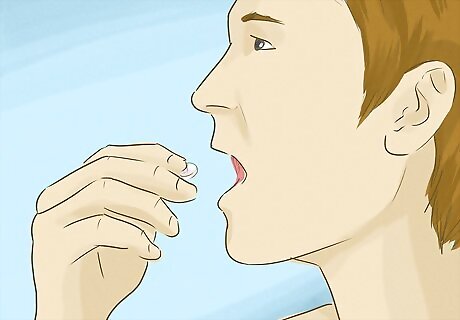
Take over-the-counter anti-inflammatory agents. Drugs that help reduce inflammation and pain include ibuprofen, naproxen, and aspirin. Acetaminophen products available over-the-counter can help with pain management, but do not address inflammation. Follow the instructions on the product label, or directions provided by your doctor.
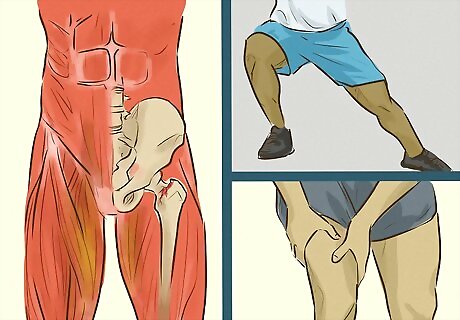
Differentiate the symptoms of a groin injury from other causes. Groin strains or injuries can can have similar symptoms to other conditions, such as a sports hernia. Make sure what you are experiencing is actually a groin strain and not something else. The symptoms commonly seen with a groin strain or injury include feelings of tightness or cramping, sudden or sharp pain, and pain when the muscle is either contracted or stretched. Severe injuries can include extreme pain even when just walking. A sports hernia is indicated by pain in the lower abdomen and groin, pain when coughing or sneezing, and continuing groin pain that flares up when you are active. Stress fractures in your femur or pubic bone may cause pain in the groin and spread to your buttocks. You will likely feel pain in the evening, tenderness and swelling, and your symptoms will not improve when you apply rest, ice, compression, and elevation. Testicular pain, numbness, tingling, increased swelling, urinary symptoms, and fevers should prompt you to see your doctor to investigate other potential causes.
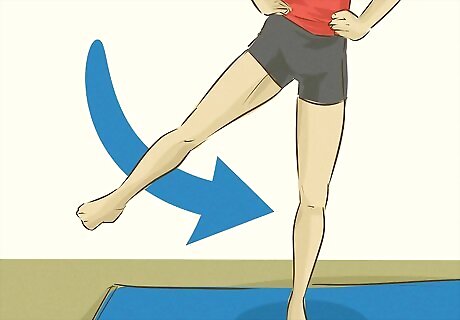
Perform adduction movements to identify a groin injury. If your symptoms are mild, and you are not sure what type of injury you have, an exercise may help you to determine if you have a groin injury. An adduction exercise that helps identify a groin injury involves placing a lightly weighted object, like a medicine ball, between your legs. Try to compress it by gently squeezing your legs together. If this causes you pain, then you most likely have a groin strain.
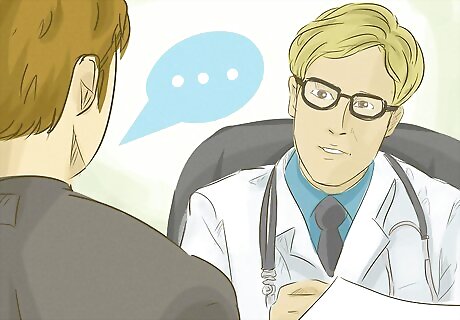
Seek medical attention if you have a dull ache. A dull and painful ache that gets worse with movement or exercise may indicate a hernia rather than a groin injury. Another sign of a hernia includes a bulge in your lower abdomen area, or upper groin region. A hernia occurs when a weakened part of the muscle tissue along the abdominal wall allows a part of the intestine to push through. A hernia requires medical attention.
Seeking Medical Attention
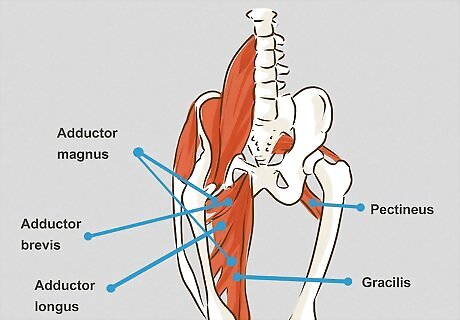
See your doctor to determine the extent of your injury. There are five muscles that support movements of your legs called adduction. Adduction means to move inward towards the center of your body. People that commonly experience injuries involving the adductor muscles are athletes that run, kick, sprint, quickly change position, or exert great strength when performing a cross-over motion, as in kicking a soccer ball. The five adductor muscles are called the pectineus, adductor brevis, adductor longus, gracilis, and adductor magnus.
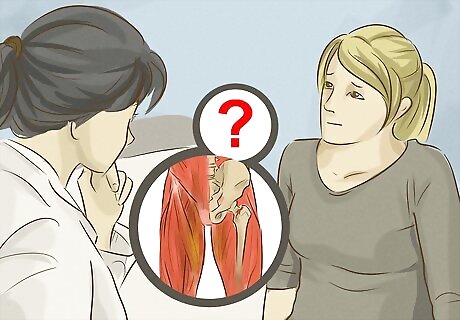
Ask your doctor to explain the grade of your injury. Groin injuries are graded based on the severity of the injury. Grade 1 injuries are milder and are caused by overstretching one or more of the five muscles, with micro-tearing of muscle fibers within the injury. Grade 2 injuries are the most common type, and involve partial tearing of muscle tissue. Grade 3 injuries are the most severe, cause more intense pain, and result from complete tearing, or rupture, of one or more of the five muscles.
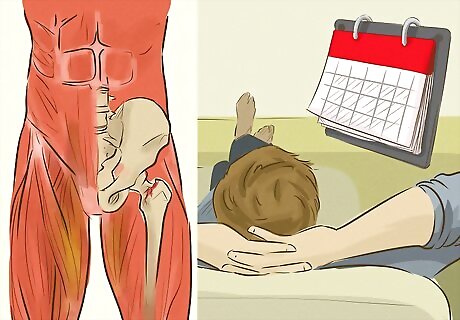
Anticipate a lengthy recovery period. The amount of time you will need to recover depends on the grade of your injury. In many cases, up to six to eight weeks, or even longer, are needed to allow the muscle tissue to properly heal. It is important that you take the time recommended by your doctor in order to prevent re-injury.
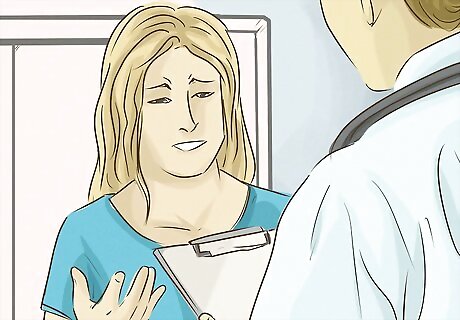
Return to your doctor if there is no improvement. If you feel your symptoms are worse, or if you do not see significant improvement within a reasonable amount of time, there may be another cause of the pain. See your doctor as instructed to evaluate the persistent discomfort and examine you for other possible causes. Monitor your pain. If you have little or no improvement, or if your pain worsens after the first few days following the injury, seek medical attention.
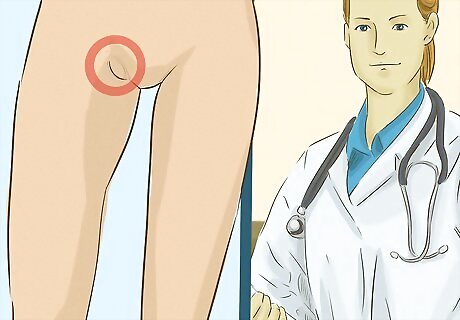
Seek medical attention if you notice a lump. A knotted area, lump, or swollen mass, in or near a testicle requires medical attention. Any pain that occurs along your lower abdomen and to the side, or pain that radiates into your groin, also warrants seeing a doctor.
Preventing Further Injury
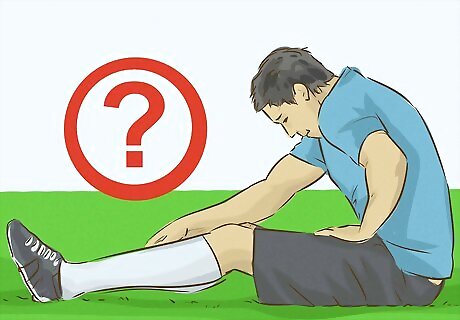
Consider your symptoms. Use the severity of symptoms as a guide to return to activity. Returning to your sport while you still have pain can lead to subsequent injury. Avoid activity if you have any pain. Do not walk quickly, jog, or run, if you have any pain. Once you are pain-free, resume your activity very gradually to prevent further injury.
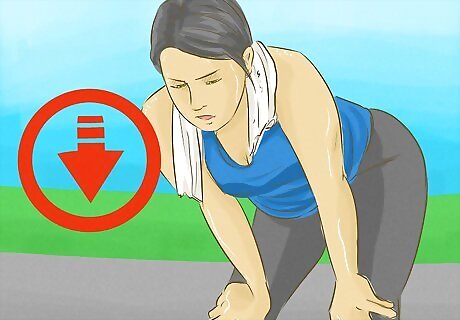
Reduce your activity if you feel pain. As you begin to resume your activity, pay attention to your body signals and respect the limits of your body. Notice pain that goes beyond the normal "burn" of exercise and take it as a signal to stop what you are doing. You want to challenge yourself during your workout, but you don't want to push yourself to the point of injuring yourself again. If you feel pain during your activity, then reduce the intensity or duration and work back towards that level more gradually. It may be frustrating, but it would be even more frustrating to have to sit out after re-injuring yourself. Persistent pain may indicate a greater potential to reinjure the area or may be a warning sign that another underlying injury may be involved. Back down on the intensity or duration of exercise until the pain improves. See your doctor if the pain persists.
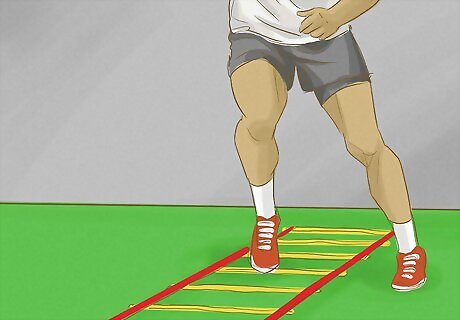
Copy the movements of your sport. Slowly go through the movements that you will need to accomplish in order to actively participate in your sport. Move slowly but deliberately, avoiding weight or friction, to determine if you are pain-free before you return to actively participating.
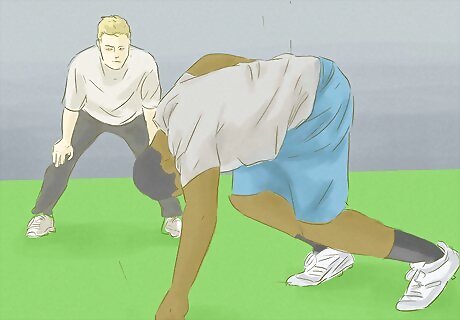
Work with a trainer. A trainer who is knowledgeable in your sport can not only help you to recover up to 100% of your capacity, but can also teach you the proper warm up and stretching activities that will help you avoid future injury.
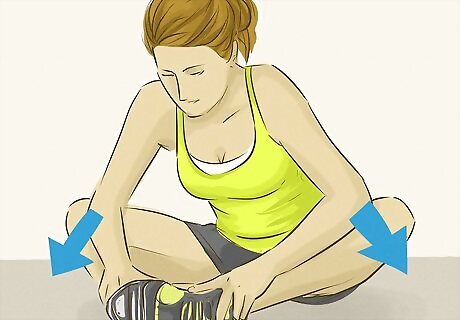
Warm up and stretch. A major cause of groin injury is the lack of proper warm up and stretching exercises prior to physical activity. Stretching loosens the adductor muscle and prepares it for activity, while a sufficient warm up period before exercise gets the blood flowing to the muscle and preps it to work properly under stress. Massaging the area can also help get blood flowing and warm up your joints. Perform a simple stretch that targets the groin area before and after you work out or participate in sports. Sit on the floor with your back gently against the wall. Place the bottoms of your feet together and pull your feet in toward your groin. Gently and slowly move your knees toward the floor. Hold this stretch for 20 seconds and repeat once.
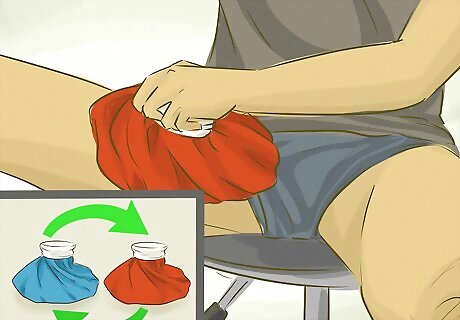
Continue to apply ice and heat. For several weeks upon resuming activity, continue to apply ice to the area after exercise, along with compression and periods of rest. Continue to apply heat after exercise to help reduce any residual pain.













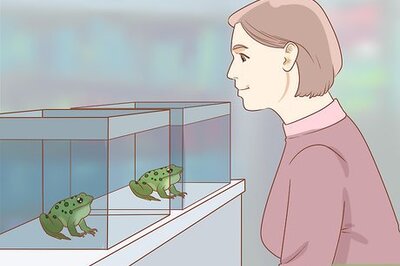





Comments
0 comment